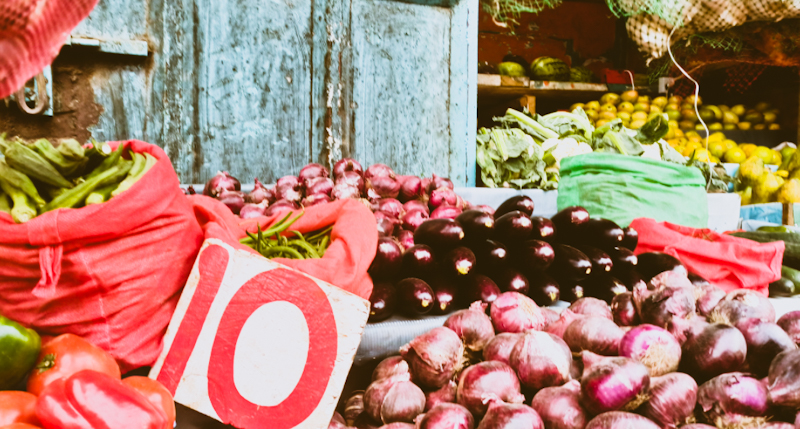Kenya’s year-on-year inflation rate edged up to 5.1% in May 2024, from 5.0% in April 2024.
The rise in inflation was primarily driven by price increases in transportation (8.1%), food and non-alcoholic beverages (6.2%), and housing, water, utilities, and fuels (4.4%). The May inflation uptick comes after three months of decline.
Food price increases were driven by vegetables like spinach, kale (sukuma wiki), tomatoes, and potatoes at 18.2%, 15.0%, 14.0% and 6.2%, respectively, while staples like maize flour and wheat flour saw price reductions by 3.2%, 2.3%, 1.6%, and 1.3%, respectively.
Despite the slight increase, inflation remains within the Central Bank of Kenya’s target range of 2.5% to 7.5% for the eleventh consecutive month.
However, during the period, prices for essential goods like maize flour, wheat flour, and kerosene decreased compared to April.
Consequently, the rise in transport costs is unexpected given the recent decrease in fuel prices (petrol by 0.5%, diesel by 0.7%).
Housing and utility costs went up due to higher electricity prices of 200kWh and 50kWh by 6.9% and 5.5% respectively, this was partially offset by a slight decline in gas prices.
Overall, Kenya’s inflation rate remains stable and within the Central Bank’s target range.
“The risk, however, lies in the fuel prices which despite their decline in May 2024, remain elevated compared to historical levels, coupled with an upward trend in international fuel prices, owing to geo-political pressures,” notes Cytonn Investments.





